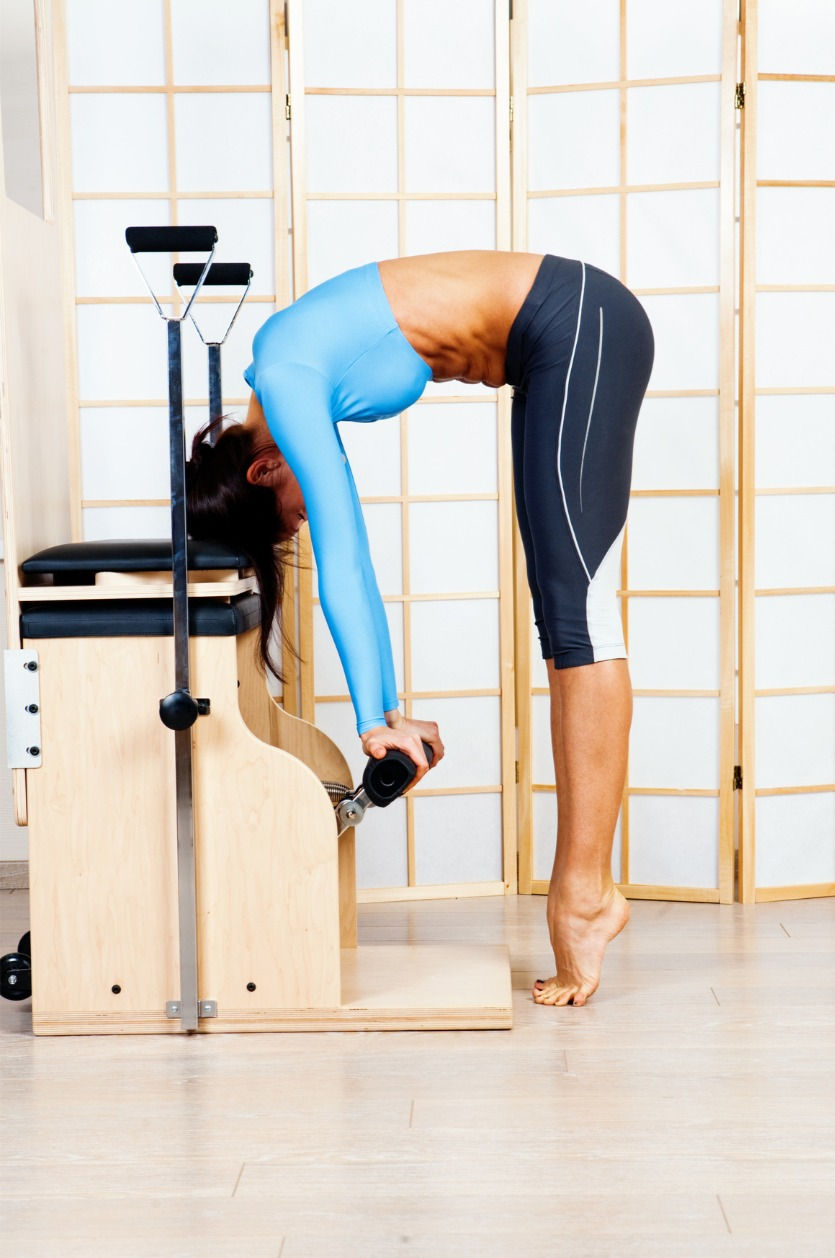Pilates Style: Classical, Archival, Contemporary, and STOTT PILATES®
- Malcolm Kenning
- Dec 10, 2023
- 4 min read
Updated: Apr 13, 2024
Choosing the right Pilates practice for your body can be challenging due to the many expressions of the method. While the core exercise principles are always respected, the practice has evolved over time.
Some practitioners adhere to the original regime, while others explore new approaches, staying true to the essence and drawing inspiration from the origins. Pilates, in its essence, makes all exercise methodical and measurable.
Essentially, the Pilates method aims to strengthen and stretch the body with balance in alignment and posture. Control is key—your mind guides your muscles, each movement serves a purpose, and focused intentional breathing creates a rhythmic flow.
Classical Pilates is the purest form of Contrology, the exercise method created by Joseph Pilates in the early 1900s. This disciplined approach emphasizes a deep understanding of the human musculoskeletal system for a personalized, full-body, and mindful workout, following Joseph Pilates' original teachings.

Exercise repertoire: The routines follow the traditional order and sequence as documented by Joseph Pilates, incorporating Mat, Reformer, Wunda Chair, Cadillac, and more, with a focus on core strength, alignment, and controlled movement.
Equipment usage: Authentic Pilates equipment is used which adhere to Joseph Pilates' original vision for equipment design.
Principles employed: The Classical Pilates expression adheres to six fundamental
principles: centering, control, concentration, precision, breath, and flow.
Mind-Body connection: Practitioners engage both physical and mental focus with the goal of
creating a harmonious connection between body and mind.
Archival Pilates refers to the preservation and sharing of Joseph Pilates’ original exercises, exactly as he documented. The practice preserves the roots of this transformative exercise method, allowing us to connect with Joseph Pilates’ original teachings and honor the lineage of Pilates instructors.
Contemporary Pilates is a modern and accessible version of the original exercises by Joseph Pilates. It retains the foundation of Pilates' work but introduces new variations to align with today's training needs. Unlike the emphasis on flow in traditional Pilates, contemporary Pilates prioritizes adaptability. Teachers assess the class participants' bodies and guide them through movements that suit the group, focusing on what makes sense for each individual.

The modern practice informed by scientific research, integrates valuable insights into biomechanics, injury prevention, and rehabilitation. Sessions or classes within this approach may feature exercises, tailored for specific rehabilitation purposes or to address particular movement patterns. By drawing on the latest knowledge, contemporary Pilates aims to provide a well-rounded and targeted approach to enhance physical well-being, making it adaptable and beneficial for individuals with diverse needs or those seeking focused rehabilitation exercises.
Classical and Contemporary Pilates: the essentials
Exercise variations: Classical Pilates preserves Joseph Pilates' original exercises and order, while contemporary Pilates introduces variations to adapt to individual needs, modifying existing exercises or creating new approaches.
Choreography and order: The Classical methodology strictly adheres to the original
exercise order envisioned by Joe Pilates, while contemporary Pilates offers flexibility by allowing the mixing of orders, creating new sequences, or incorporating choreography variations to tailor sessions to individual clients.

Equipment usage: Both Classical and contemporary Pilates use authentic Pilates equipment, however contemporary Pilates may also integrate additional props like stability balls,resistance bands, or foam rollers.
Whether you prefer a traditional and authentic regimen with the original flow and transitions, in which case Classical Pilates is your "go-to," or if you lean towards a more adaptable and therapeutic approach, providing flexibility and customization based on personal goals and comfort level, contemporary Pilates might better suit your style.
STOTT Pilates® is a modern approach blending Joseph Pilates' foundational principles with
contemporary insights in physical rehabilitation and performance. It enhances the traditional Pilates method with updated exercises grounded in scientific understanding, including physiology and anatomy. This modern expression provides a comprehensive and effective exercise program, seamlessly integrating both traditional Pilates principles and modern advancements in movement science.
Three-dimensional movement: STOTT Pilates emphasizes maintaining a full range of motion,
engaging in exercises that move the body in various planes.
Focus on joint muscles: In addition to core strength, the practice also emphasizes the
significance of muscles around the joints, essential for overall movement and balance.
Balanced approach: The practice addresses over-training through the inclusion of cardiovascular exercises and a commitment to ensuring that workout routines equally target both sides of the body. Through the integration of cardiovascular training with Pilates' core principles, the STOTT methodology strives for a holistic and well-rounded fitness approach, aiming to prevent potential imbalances and enhance overall strength and flexibility. In contrast to certain traditional methods, the updated exercises emphasize engaging both sides of the body equally, fostering a balanced and harmonious development of muscles.
Imprint vs. neutral spine: Classical Pilates often emphasizes an imprinted position, with the
spine pressed low on the apparatus, focusing on creating a posterior pelvic tilt during exercises.
This can result in a different muscle engagement pattern compared to the more neutral position encouraged by STOTT Pilates.
The emphasis on a neutral spine position, a more natural spine curvature, is designed to achieve a balanced distribution of muscle engagement, supporting better alignment and contributing to an overall sense of physical equilibrium and well-being.
Customizable for special needs: The exercises can be tailored to accommodate individual needs, making it suitable for a wide range of clients.
Equipment usage:

Similar to Classical and contemporary expressions of the practice, the STOTT-Merrithew apparatus collection includes the same family of equipment as employed by Joe Pilates—such as the Cadillac, Stability Chair (an updated Wunda Chair), Reformer, Mat, Spine Corrector, and Ladder Barrel—but with updated mechanisms. These enhancements, developed in collaboration with sports medicine and fitness professionals, incorporate modern principles of exercise science.
"Control is key… each movement serves a purpose, and focused intentional breathing creates a rhythmic flow.”
Pilates Style: Classical, Archival, Contemporary, and STOTT PILATES.
